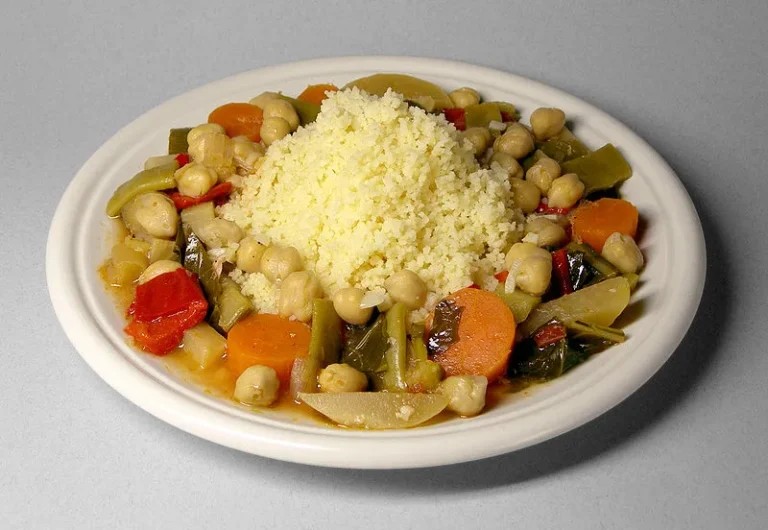Introduction: Tunisian Cuisine and Staple Ingredients
Tunisian cuisine is a vibrant and flavorful cuisine that has been influenced by Berber, Arab, Turkish, and French cultures. Tunisia is located in North Africa and its cuisine is known for its use of spices, vegetables, legumes, and meat. Tunisian cuisine is popular for its spice blends and its use of hot peppers.
Tunisian cuisine has staple ingredients that are used in many dishes. These ingredients are the foundation of Tunisian cuisine and bring a unique flavor to the dishes. In this article, we will discuss the staple ingredients used in Tunisian cooking.
Spices: The Key to Tunisian Flavor
Spices are the heart and soul of Tunisian cuisine. Most Tunisian dishes are flavored with a variety of spices that are blended together to create a complex flavor. The most commonly used spices in Tunisian cooking are cumin, coriander, caraway, cinnamon, and cloves.
Harissa is a popular Tunisian spice blend made from ground red chili peppers, garlic, caraway, and coriander. It is used as a condiment in many Tunisian dishes. Ras el Hanout is another popular spice blend that is used in Tunisian cooking. It is made from a combination of spices such as cumin, cinnamon, cardamom, and cloves. Tunisian dishes are incomplete without the addition of these spice blends.
Vegetables: A Healthy and Flavorful Addition
Vegetables are also an important part of Tunisian cuisine. Some of the commonly used vegetables in Tunisian cooking are tomatoes, eggplants, peppers, zucchini, and onions. These vegetables are often stewed and served with couscous or bread.
Tunisian cuisine also uses herbs such as parsley, cilantro, and mint to add flavor to the dishes. Salads made from fresh vegetables and herbs are a popular side dish in Tunisian cuisine.
Legumes: A Nutritious and Versatile Ingredient
Legumes are a nutritious and versatile ingredient that is used in Tunisian cuisine. Chickpeas, lentils, and fava beans are commonly used in Tunisian dishes such as brik, a crispy pastry filled with eggs and tuna or meat.
Tunisian cuisine also uses legumes to make hearty stews such as lablabi, a chickpea stew that is made with garlic, cumin, and harissa. Legumes are a great source of protein and are often used as a meat alternative in vegetarian Tunisian dishes.
Meat: A Staple in Tunisian Cuisine
Meat is a staple in Tunisian cuisine, with lamb, beef, and chicken being the most commonly used meats. Meat dishes in Tunisian cuisine are often slow-cooked with spices, vegetables, and legumes.
Tagine, a slow-cooked meat dish, is a popular Tunisian dish that is made with lamb or chicken, vegetables, and spices such as cinnamon, turmeric, and paprika. Grilled meat dishes such as merguez, a spicy sausage made with lamb, are also popular in Tunisian cuisine.
Bread: The Foundation of Tunisian Meals
Bread is the foundation of Tunisian meals. Tunisian bread is a flatbread called khobz, which is similar to pita bread. It is used to scoop up stews and sauces or used as a sandwich bread.
Tunisian cuisine also has a pastry called brik, which is made with thin sheets of dough and filled with eggs, tuna, or meat. Brik is a popular street food in Tunisia.
In conclusion, Tunisian cuisine is a flavorful and vibrant cuisine that has been influenced by many cultures. Its staple ingredients such as spices, vegetables, legumes, meat, and bread bring a unique flavor to the dishes. Tunisian cuisine is a must-try for food lovers who are looking for a new and exciting culinary experience.

